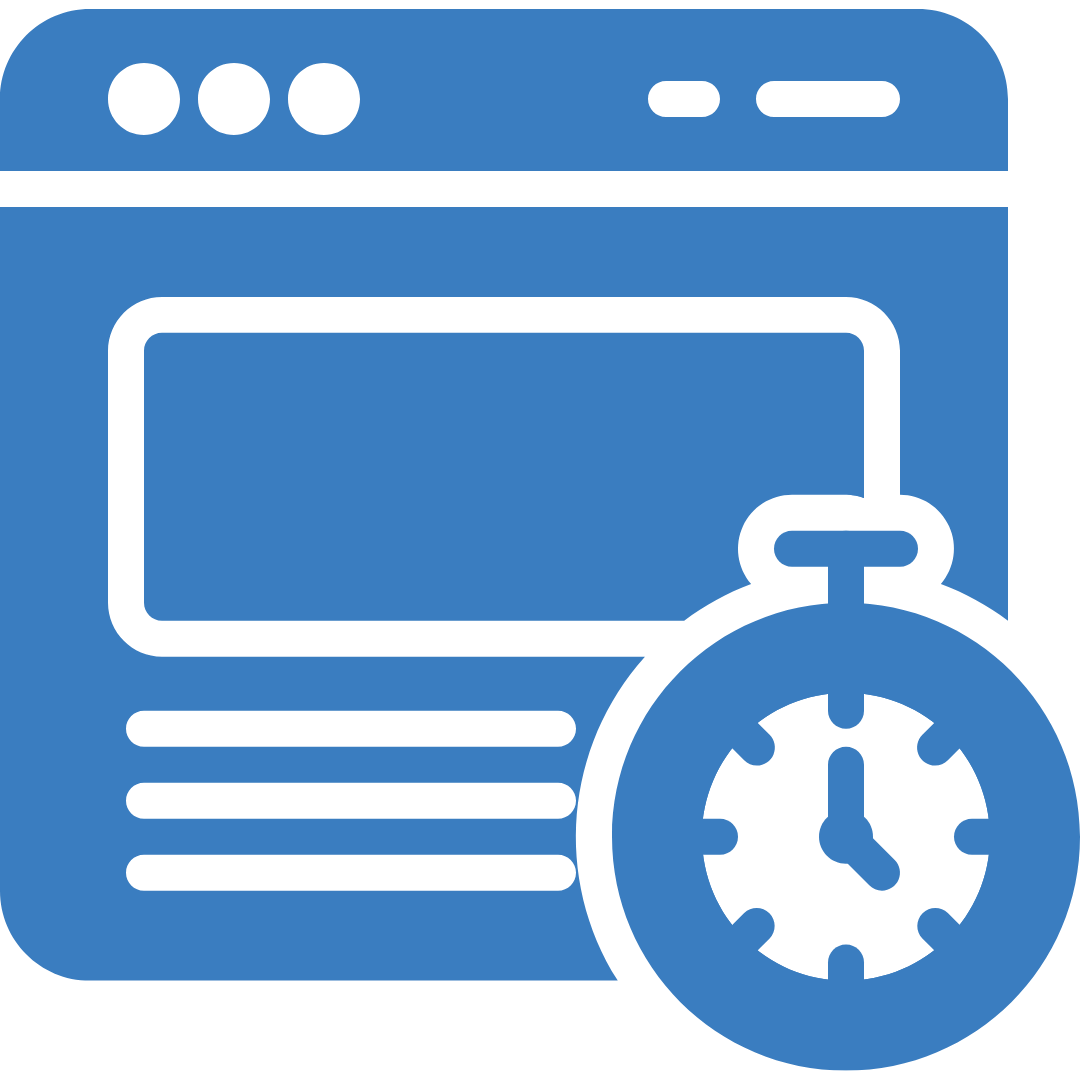Performance Testing: The Crucial Pillar of Application Success

Performance testing is a cornerstone in the software development life cycle, ensuring that applications deliver optimal performance under various conditions and workloads. This essay delves into the significance of performance testing, the tools used, and its advantages. It also explores real-world examples, highlighting the consequences of neglecting performance testing.
The Essence of Performance Testing

Performance testing is a systematic evaluation process that assesses an application's responsiveness, stability, and scalability under diverse scenarios. It comprises various types such as load testing, stress testing, and scalability testing, all aimed at optimizing an application's performance.
Tools for Performance Testing
Performance testing relies on a range of tools, including:
Apache JMeter: An open-source tool, Apache JMeter is renowned for its capacity to simulate heavy loads on applications and evaluate their performance under stress conditions.
LoadRunner: Developed by Micro Focus, LoadRunner is a robust tool used to emulate thousands of virtual users to gauge an application's performance under different conditions.
Gatling: This open-source tool uses a Scala-based DSL to define test scenarios, offering simplicity and efficiency.
New Relic: New Relic provides performance monitoring and testing tools that deliver real-time insights into application performance, aiding optimization efforts.
What Does Performance Testing Evaluate?

Performance testing serves to evaluate critical success metrics such as response times and potential errors. Armed with these performance insights, you gain the ability to pinpoint bottlenecks, bugs, and inefficiencies within your application. This allows for informed decisions on optimizing your application to rectify identified issues.
Key factors highlighted by performance testing encompass speed, response times, load times, and scalability.
Excessive Load Times

This refers to the duration required for an application to initiate. Ideally, any delay should be minimal - a few seconds at most - to ensure an optimal user experience.
Poor Response Times

Poor response time signifies the duration between a user inputting information into an application and the system's response to that action. Prolonged response times significantly diminish user engagement with the application.
Limited Scalability

Limited scalability denotes the application's inability to flexibly handle varying user loads. While it might perform acceptably with a few simultaneous users, its performance deteriorates as the user count increases.
Bottlenecks

Bottlenecks represent hindrances within the system that undermine the overall application performance. These hurdles are typically caused by hardware issues or subpar code quality. Identifying and resolving these bottlenecks are essential for enhancing system performance.
The Perils of Neglecting Performance Testing

The ramifications of neglecting performance testing can be profound. The foremost issue is the degradation of user experience. Applications that are sluggish, unresponsive, or prone to crashes can lead users to abandon them in favor of competitors. Let's delve into some real-world examples illustrating the consequences of such neglect.
Real-World Examples:
Healthcare.gov: The infamous launch of the Healthcare.gov website in 2013 showcased the pitfalls of inadequate performance testing. The website, designed to facilitate healthcare enrollment, was plagued with performance issues, including long loading times, errors, and system crashes. This not only disrupted the healthcare initiative but also tarnished the government's reputation.
Disney+ Launch: Disney+, a highly anticipated streaming service, encountered severe performance issues upon its launch in 2019. Users experienced outages, slow loading times, and buffering problems, leading to widespread frustration and negative publicity. Disney had to act quickly to rectify these issues and regain user trust.
The Advantages of Performance Testing
Performance testing provides a plethora of advantages, such as:
- Early Issue Identification: By conducting performance tests during development, issues can be identified and rectified before the application goes live, saving time and resources.
- Optimal User Experience: Performance testing ensures applications deliver a seamless and fast experience, enhancing user satisfaction and retention.
- Cost Savings: Early issue identification reduces the need for costly post-launch fixes, mitigating the risk of reputation damage.
- Scalability: Performance testing helps organizations understand how an application can handle increasing user loads, ensuring it can grow with the business.
- Reliability: It guarantees that an application functions consistently under varying loads, making it reliable for users.
When's the Ideal Time for Performance Testing?

In the life cycle of web or mobile applications, two critical phases stand out: development and deployment. Throughout these phases, operational teams expose the application to end-users, testing the product architecture.
During the development phase, performance tests target specific components like web services, microservices, and APIs. The earlier these application components undergo testing, the quicker anomalies can be identified. Typically, detecting issues sooner translates to lower rectification costs.
As the application matures, the scope of performance tests should expand accordingly. Sometimes, these tests might extend into the deployment phase. For instance, when replicating a production environment in the development lab is challenging or costly.
Performance Testing Metrics: Evaluating System Efficiency

Organizations rely on various performance metrics or Key Performance Indicators (KPIs) to assess their current system performance effectively.
These metrics commonly include:
1. Throughput: Measures the volume of data a system processes within a specified time.
2. Memory: Evaluate the available working storage space for a processor or workload.
3. Response Time or Latency: Reflects the duration between a user request and the system's initiation of response.
4. Bandwidth: Determines the amount of data moving between workloads per second, typically across a network.
5. Central Processing Unit (CPU) Interrupts per Second: Tracks the number of hardware interrupts received by a process in a second.
6. Average Latency: Also known as wait time, assesses the time taken to receive the initial byte after sending a request.
7. Average Load Time: Measures the average delivery time for each request processed.
8. Peak Response Time: Identifies the maximum duration taken to fulfill a request.
9. Error Rate: Highlights the percentage of requests resulting in errors compared to the total number of requests.
10. Disk Time: Evaluate the time taken by a disk to execute read or write requests.
11. Session Amounts: Determines the maximum count of active sessions that can operate simultaneously.
These metrics, among others, play a crucial role in conducting various performance tests, aiding organizations in assessing and optimizing system efficiency.
Conclusion
Performance testing is an indispensable facet of the software development process. Neglecting it can lead to financial losses, user dissatisfaction, reputation damage, and missed business opportunities. With the right tools and a proactive approach, organizations can ensure their applications not only meet but exceed user expectations, securing success in the fiercely competitive digital landscape.
In a world where user experience is paramount, performance testing is the key to unlocking an application's full potential and ensuring its reliability and success. By prioritizing performance testing, organizations can safeguard their reputation, maintain customer trust, and remain competitive in the digital age.
Get in touch with our QA experts today to explore how our expertise can elevate your project's testing strategy, ensuring robust, user-friendly, and high-quality software. Let's collaborate to bring your software visions to life with the precision and care they deserve.

Why Do We Debug Code?

Sjinnovation’s Project Management Process


